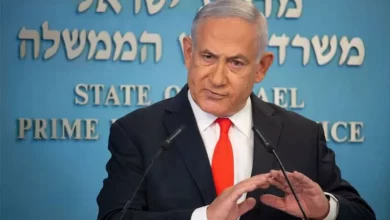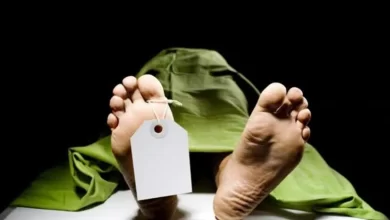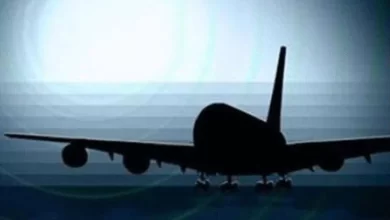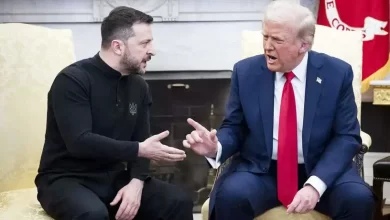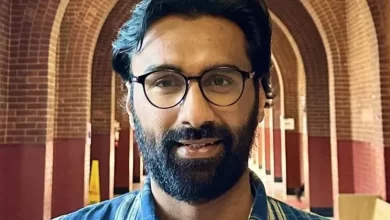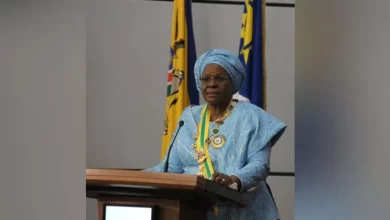Top Ukraine, US military leaders meet over ‘urgent needs’
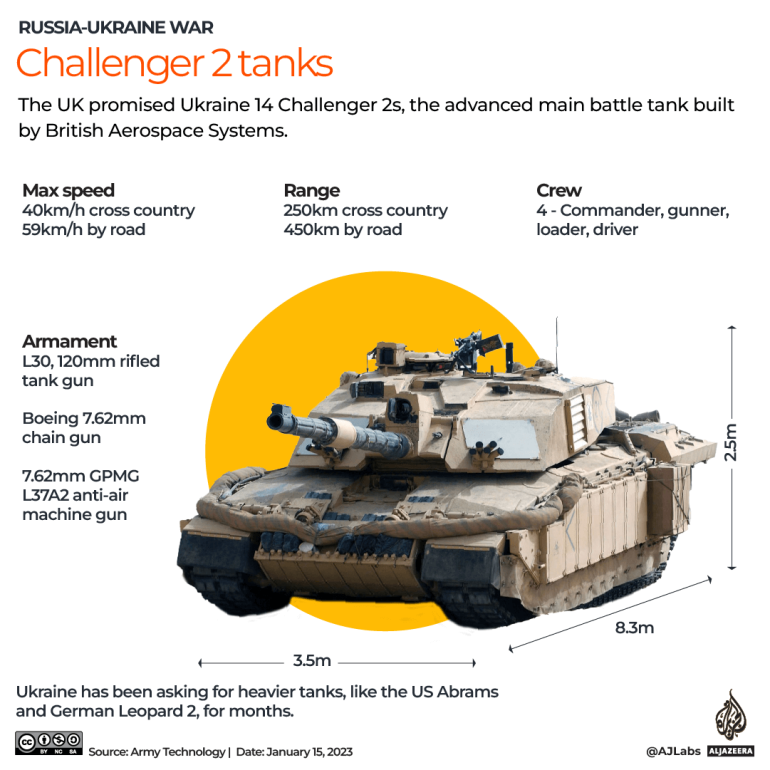
The first face-to-face meeting between the two comes as the international community ramps up military assistance to Ukraine, including tanks and air defence systems.
The top United States military officer travelled to Poland and talked with his Ukrainian counterpart face to face for the first time as Russia’s war on Ukraine nears the one-year mark.
US Army General Mark Milley, chairman of the Joint Chiefs of Staff, met for a couple of hours with Ukraine’s chief military officer, General Valerii Zaluzhnyi, at an undisclosed location in southeastern Poland near the border with Ukraine.
Zaluzhnyi said he outlined his forces’ “urgent needs” on Tuesday with Milley.
The two leaders have talked frequently about Ukraine’s military requirements and the state of the war over the past year but had never met.
The meeting comes as the international community ramps up military assistance to Ukraine, including expanded training of Ukrainian troops by the US and the provision of a Patriot missile battery, tanks and increased air defence and other weapons systems by the US and a coalition of European and other nations.
It also marks a key time in the war. Ukraine’s troops face fierce fighting in the eastern Donetsk province, where Russian forces – supplemented by thousands of private Wagner Group contractors – seek to turn the tide after a series of battlefield setbacks in recent months.
“These guys have been talking on a very regular basis for about a year now and they’ve gotten to know each other,” Butler said.
“They’ve talked in detail about the defence that Ukraine is trying to do against Russia’s aggression. And it’s important – when you have two military professionals looking each other in the eye and talking about very, very important topics, there’s a difference.”
Butler said there had been some hope that Zaluzhnyi would travel to Brussels for a meeting of NATO and other defence chiefs this week. But when it became clear on Monday that it would not happen, Milley and Zaluzhnyi quickly decided to meet in Poland, near the border.
While several US civilian leaders have gone into Ukraine, the administration of US President Joe Biden has made it clear that no uniformed military service members will enter Ukraine other than those connected to the embassy in Kyiv. Butler said only a small group – Milley and six of his senior staffers – travelled by car to the meeting.
He said the meeting will allow Milley to relay Zaluzhnyi’s concerns and information to the other military leaders during the NATO chiefs’ meeting.
Milley, he said, will be able to “describe the tactical and operational conditions on the battlefield and what the military needs are for that, and the way he does that is one by understanding it himself but by also talking to Zaluzhnyi on a regular basis”.
Milley also will be able to describe the new US training of Ukrainian forces at the Grafenwoehr training area in Germany. More than 600 Ukrainian troops have begun the expanded training programme.
‘Sending a message’
Milley and Zaluzhnyi’s meeting kicks off a series of high-level gatherings of military and defence leaders this week. Milley and other chiefs of defence will meet in Brussels on Wednesday and Thursday. Then, the so-called Ukraine Defense Contact Group will gather at Ramstein Air Base in Germany on Thursday and Friday.
The meetings are expected to focus on Ukraine’s ongoing and future military needs as the hard-packed terrain of the winter months turns into muddy roads and fields in the spring.
In an interview with the Economist magazine in December, Zaluzhnyi said Ukraine needed 300 tanks, 600-700 infantry fighting vehicles and 500 howitzers to push back the invaders.
The United Kingdom broke the taboo over heavy tanks over the weekend, pledging a squadron of its Challengers. But it has too few to form the basis of a Ukrainian force. The US’s Abrams tanks run on turbine engines, seen as burning too much fuel for Ukraine to field in large numbers.
That leaves the Leopards, which Germany made in the thousands during the Cold War and which are now fielded by armies across Europe. Poland and Finland have already said they would send Leopards if Berlin gives re-export approval.
“We hope a few partners, allies, will give tanks to Ukraine,” Polish President Andrzej Duda said on Tuesday at the World Economic Forum in Davos, Switzerland.

Separately, the Netherlands plans to send a Patriot missile defence system to Ukraine, Dutch news agency ANP quoted Prime Minister Mark Rutte as saying on Tuesday.
UK Foreign Secretary James Cleverly said NATO allies were conveying a clear message to Russian President Vladimir Putin by boosting their arms supplies to Ukraine.
“The message we’re sending to Putin … is that we made a commitment to support Ukrainians until they are victorious,” Cleverly told a forum at the Center for Strategic and International Studies in Washington, DC.
Tens of thousands of people have been killed and millions driven from their homes since Russia launched what it calls a “special military operation” to eliminate what it said were security threats in Ukraine in February last year. Ukraine and Western backers call Russia’s actions an unprovoked, imperialist land grab.
Ukrainian forces drove Russian troops back during the second half of 2022 but, over the past two months, the front lines have largely been frozen in place despite both sides enduring heavy losses in relentless fighting.

